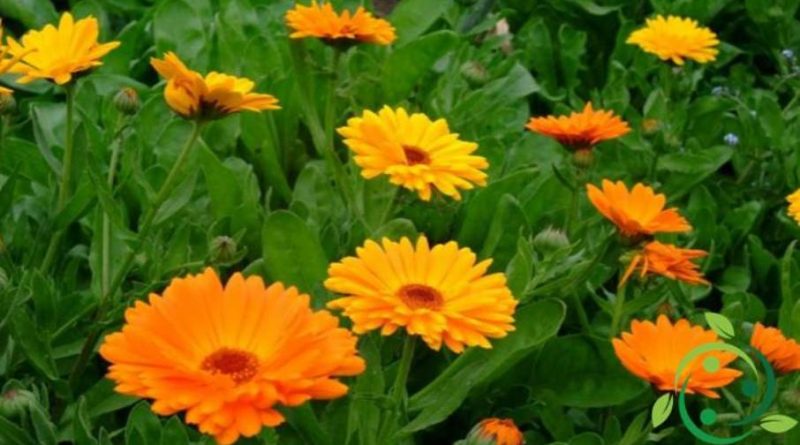How to grow Calendula
How to grow Calendula
Calendula, also known as marigold or calendula (Calendula officinalis L., 1753) is a plant generally grown as an annual, of the Asteraceae family.
In this contribution we see how to grow Calendula and some useful expedients.
Calendula officinalis likes sunny position, rich and soft soil, slightly acidic.
Multiplication occurs with the seed. In the southern regions and in Liguria it is sown in summer by transplanting or thinning the seedlings in September-October for flowering in November, which with appropriate shelters continues throughout the winter, giving larger flowers than the summer blooms brought by the plants obtained in the hard climate zones, with spring sowing.
The seeds are placed under the corolla of the orange flower and have a sickle shape, when the flower fades and becomes dry they become easily visible.
Their shape allows it, falling and being wet by the rain, to remain partially buried with a point pointing outwards. The seeds have, towards the external side of the scythe, a double row of protuberances that go away when the water and heat allow the bud to begin to grow, at which point the seed opens just in correspondence with this hinging.
In the apartment it is advisable to throw the seeds, which can be taken directly from the flowers, possibly purchased in herbal medicine, on a pot filled with soil, then cover them with a layer of about one cm of additional soil and abundantly wet. They prefer sunny areas, so it is advisable, if possible, to leave the vases exposed to the south so as to guarantee sun all day long. The freshly sprouted seedlings are easily recognizable by the two elongated, linear and thick leaves like those of sunflowers.
Occasionally it happens that, withered a flower, if well sprayed with water, this manages to generate a new plant and a new flower directly from the seeds still attached to it, creating a plant grown on top of another.
Mushroom attacks have been reported such as Erysiphe cichoracearum, Entyloma calendulae, Alternaria calendulae and Cercospora calendulae, Sphaerotheca fuliginea which cause damage to the leaves.
Among the insects it is possible to find attacks by the Diptera Phytomiza atricornis, whose larva digs on the leaves a long and serpentiform mine, and of the aphid Brachycaudus helichrysi, vehicle of the virus Y of the potato. Other pathogens are Bemisia tabaci, Aphis fabae and Myzus persicae, which cause in some cases the curling of the leaves or the arrest of the growth of the shoots.

